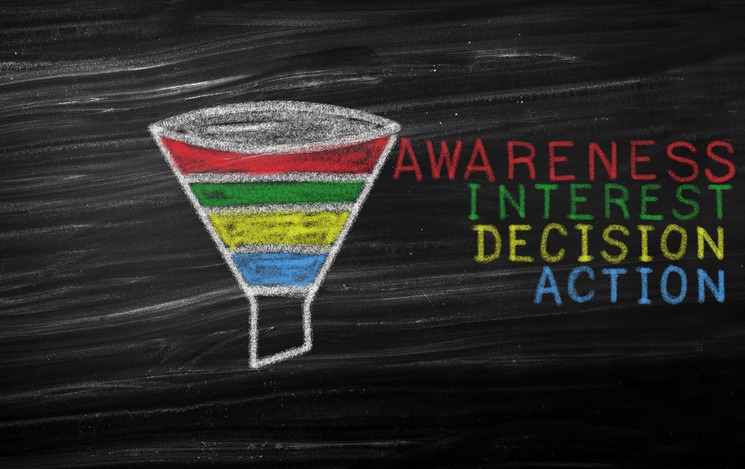How can marketing engage today’s consumers? Lose the funnel, use a loop
A leading marketer shares the five stages of client expansion, along with solid tips to help you establish genuine connections with customers.

A company’s success often depends on how many customers it retains and, as a result of those relationships, new customers who are drawn by recommendations and favorable reviews.
Marketing plays a creative role in attracting potential buyers, but the funnel concept many businesses have long relied upon doesn’t prioritize the customer experience, which is vital to retention and growth, says Jeff Pedowitz, President/CEO of The Pedowitz Group and ForbesBooks author of “F The Funnel: A New Way To Engage Customers & Grow Revenue.”
“Marketing departments need to transform into thriving revenue centers, and to do that they must adopt a new model,” Pedowitz says. “It’s one based on creating a dynamic, ongoing relationship with customers.
“For the past century-plus, the model that sales and marketing teams have used for generating customer revenue has been the funnel. The problem is, the funnel was designed for a bygone era – one of traveling salesmen and matchbook advertising.”
Pedowitz describes the funnel as a four-phase process of customer acquisition: creating customer awareness of the product, moving the potential customer to interest, then on to decision-making and action. The funnel’s main flaw, Pedowitz says, is that it’s short-sighted, with company-to-customer communication ending at the time of sale.
“The funnel is an incomplete, transactional model that is all about the company’s experience,” Pedowitz says. “But what about following up with customers so we can learn about their experience using our products and help them gain more value? And what about turning satisfied customers into raving fans who will sell our products for us?”
Pedowitz offers the loop as a marketing alternative to the funnel. He discusses the loop’s five stages of client expansion:
- Onboarding. Often after the purchase is made, Pedowitz says, there is a silent period because the traditional funnel concept dictates the marketing department’s job is done. “Onboarding is the first and best opportunity for the company to start building an ongoing and trusting relationship,” Pedowitz says. “Welcome the customer, answer their questions, and make them feel appreciated.”
- Adoption. Pedowitz says if the customer doesn’t fully adopt the product the business has sold them, they’re always going to feel shorted regarding return on investment, and the relationship will stall. “Clients need a lot of communication at this early stage,” Pedowitz says. “How can we begin to expect loyalty if the customer is not even getting usage of what they’ve already bought?”
- Value realization. “Once the customer adopts the product/service and uses it for a while, they evaluate it,” Pedowitz says. “The company must see if the customer got the value they were promised and whether the utility of the product or service met their expectations.”
- Loyalty. If the company has done a good job through the first three steps of the loop, Pedowitz says there’s a good chance the customer will be a fan of the brand and its people. “If the company asks them to be a reference or a case study, they’ll be delighted to help,” Pedowitz says.
- Advocacy. “Ideally,” Pedowitz says, “the customer will fall in love with the company enough that they’ll become an advocate. They’ll write blogs about you and recommend you to their friends, just because they want other people to have the same quality experience they had.”
“By reflecting the customer’s actual experience and by reminding the company of the various ways it can stay involved with the customer,” Pedowitz says, “the loop works to ensure the company will build closer relationships with its customers.”
Dan Dunkin is a journalist and writer based in Philadelphia.






